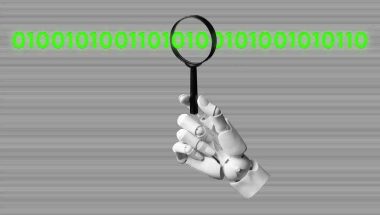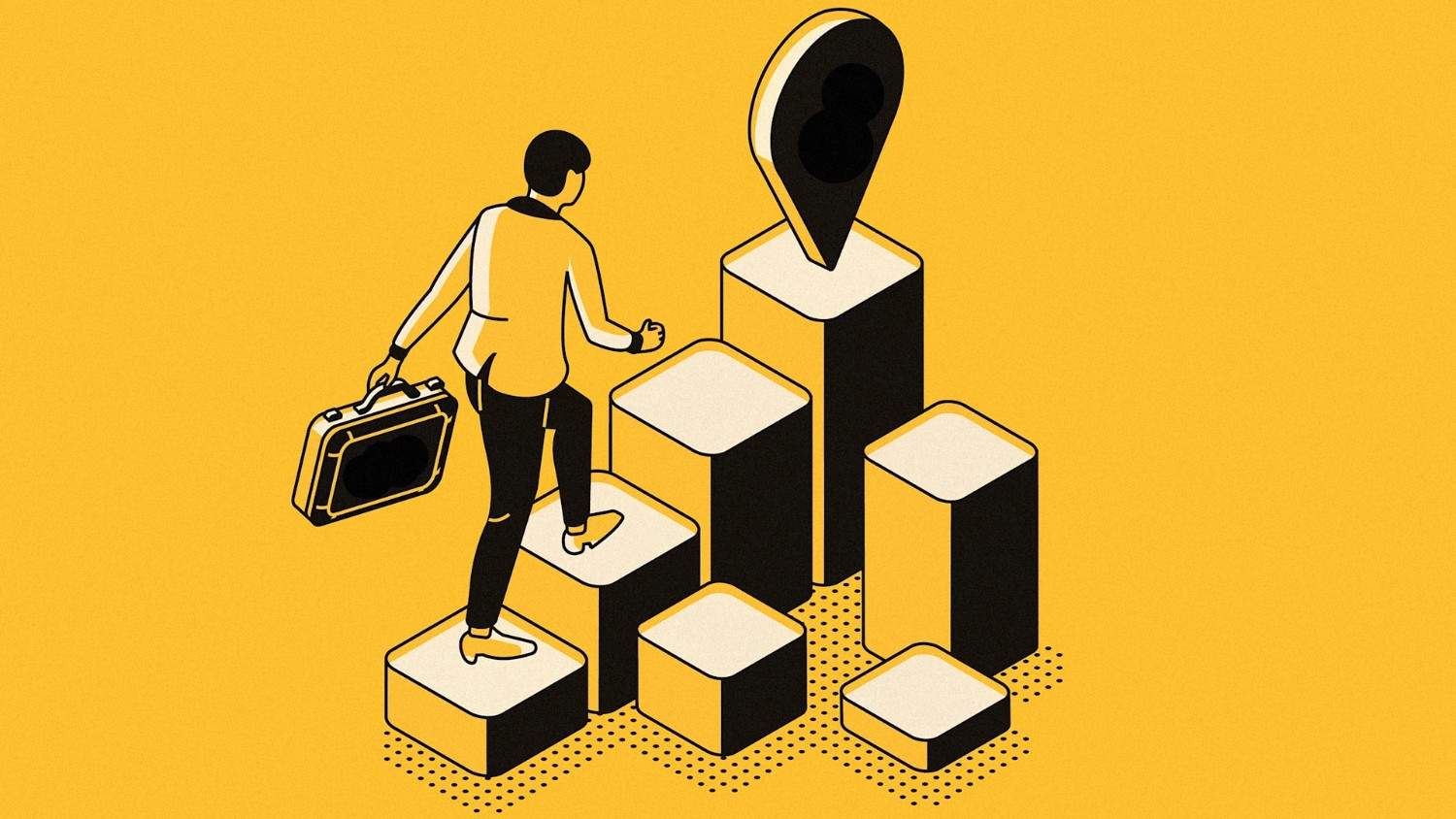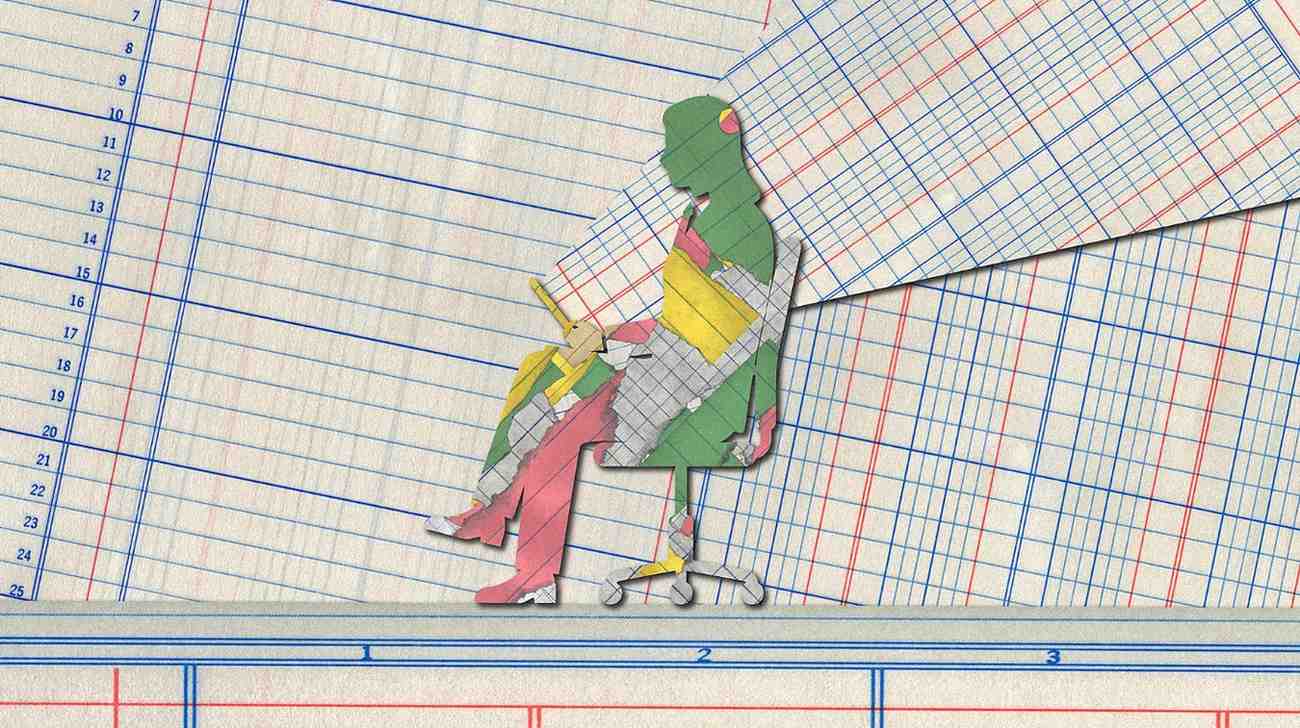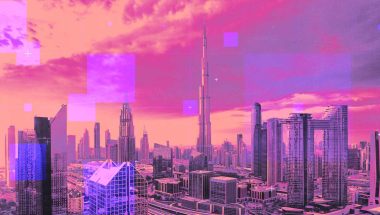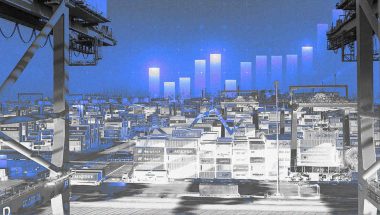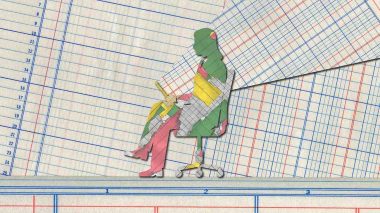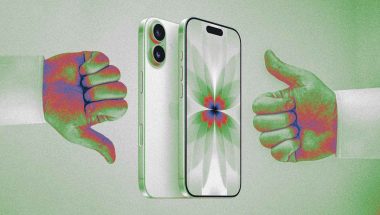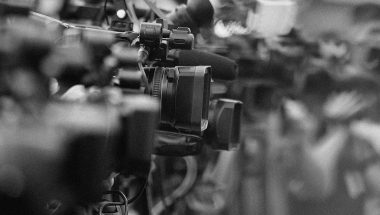- | 8:00 am
How to use ‘design fiction’ to spark innovation
A five-phase design fiction process that breaks boundaries and opens the doors to serendipity.

The moon landing, the first satellite launch, the smart watch, and autonomous vehicles have one thing in common: They all appeared in works of science fiction before our reality. But these innovations don’t always come from where you’d expect.
Rather than established industry participants, outside operators like Waymo (Alphabet), Tesla, NVIDIA, and Pony.ai pioneered autonomous driving. Likewise, Beyond Meat and Impossible Foods imagined meatless meat, breaking the molds of industry leaders like Tyson or JBS. SpaceX, not Airbus or Boeing, partnered with NASA to democratize commercial space. And startups like Mojo Vision offer a preview of augmented reality in the post-smartphone era, hinting at preventative eye care diagnosis with their futuristic smart contact lenses.
Incumbent businesses often operate like the world is linear, stable, and predictable. Truly innovative players cast these assumptions aside. They use lenses which widen the aperture and broaden time horizons, rewiring their mindsets to imagine the impossible.
Shareholders and C-suites rely on the presumed predictability of investment returns. Therefore, their strategies typically over-index assumptions while undervaluing imagination. Because science fiction is becoming science fact faster than ever, outside actors who question assumptions beat incumbents in imagining, then creating, what might come next. As the cost of relying on assumptions is going through the roof, reframing assumptions could be the greatest driver of value creation.
Organizations can harness these powers using design fiction, which combines science fiction, design thinking, and foresight to create diegetic prototypes and inspire innovation. The design fiction process seeks questions (why?, what if?, so what?) rather than answers.
Our five-phase design fiction process breaks boundaries, opening the doors to serendipity.
IMAGINING
The first phase is “imagining,” in which we ask “What if?” to suspend disbelief, then expand our horizons to put the impossible on the map. There is no future too far-fetched or unlikely.
The Mentimeter tool aids brainstorming by helping participants plant seeds for possible scenarios in their own minds. We envision different paths to explore by asking “What If?” questions about their organization’s future.
VISIONING
In the second phase, “visioning,” we map different futures. We build pictures of new worlds from a blank page. Visioning goes beyond planning or strategy, pushing the perceived limits of current realities. We can explore visions of the futures using foresight tools like the Futures Cone and the Futures Wheel.
The Futures Cone enables us to visualize a kaleidoscope of futures, illuminating the possible, plausible, probable, and preferable. This can generate visions which may be difficult to otherwise anticipate, such as Black Swans (rare, unforeseeable major events) or wild cards (low-probability, high-impact events without a strong signal preceding their arrivals). These events are not solely negative—you can use wild cards positively to spur creativity and explore beneficial ideas such as truly novel drug discoveries, or achieving cost-effective sustainable regenerative energy.
Devised by Jerome Glenn, the Futures Wheel can provoke practitioners to imagine next-order changes, suggesting that the futures will be vastly different from the present. This exercise stretches beyond the identification of the direct and indirect drivers of an initial selected change by investigating cascading higher-order impacts of that change or innovation.
SCANNING THE FRINGE
“Scanning the fringe” is the third phase. Here, we scan the horizon to anticipate new innovations, technologies, and ideas. Real change invariably begins on the periphery, so we hunt the uninhibited, strange, and weird. We go wide to think outside of typical focus areas and diversify our sources, tapping experts, generalists, counterculture media, and global perspectives. We go deep to identify the drivers of change, analyzing undercurrents to see what may transform society in the long run.
We also leverage frameworks such as NASA’s Technology Readiness Level (TRL) to measure the maturity of developing innovations, organize diverse signals, and imagine how they might connect. Signals should never be considered in isolation. Insights emerge from the connections between sectors. Magic happens when these intersections collide into new combinations.
One challenge of horizon scanning is that there are limitless weak, fake, and inflated signals. Unlike trends which explain the past, signals are mere fragments of the future embedded in the present. As there is no data on the future, the scanning process is intentionally broad, so using the right filters helps establish signal relevance.
For instance, qualifying a signal’s source evaluates credibility and objectivity, integrating that fringe perspectives don’t come from experts. We can also assess the likelihood, newness, frequency, interconnectedness, and even impact of signals in terms of what the signals could do and to whom. Finally, we look at whether the signals are compounding (is there a consensus that confirms similar observations? Are these signals strengthening by pushing in the same direction, or counterbalancing?).
PROTOYPING
The fourth phase, “prototyping,” is where narratives come to life. Teams use their visioning and scanning outcomes to co-create diegetic prototypes, which can include objects, narratives, illustrations, performances, and more. Our goal is that the final audience considers these speculative scenarios as tangible possibilities.
The 2×2 matrix technique is a simple visual prototyping method which considers two high-impact, high-uncertainty drivers of a topic. By plotting these drivers on crossing axes, we can co-develop scenarios in the four resulting quadrants that emphasize or downplay the drivers in comparison.
Prototyping is improvisational and emergent; it builds on itself to imagine knock-on implications of any visions. Designed by the Situation Lab, The Thing From The Future is an award-winning imagination game that prompts participants to draw cards and construct their prototypes. It uses four types of cards to help players imagine different aspects of their prototype: the timeframe and profile of potential futures (“Arc”), context (“Terrain”), form (“Object”), and emotions (“Mood”).
BACKCASTING
In “backcasting,” the final phase, we develop pathways to these prototypes by working from them back to the present. Organizations and leaders often take a present-forward approach, building on their current state and entrenched assumptions. Future-back challenges this philosophy. We ask “So what?” to reset assumptions for new paradigms, building narratives from vision to action, determining what steps will guide us towards these envisioned futures.
Backcasting allows us to project our vision back through time, tracing our steps through the years to determine what predicates the various aspects of our designed futures. We build our narratives backwards from vision to action, illuminating our next steps that can start today while also providing us with actionable milestones to track the implementation of strategies as we work towards our aspirations.
In our unpredictable world, science fiction is becoming mandatory to harness discontinuous innovation, even for fast-moving upstarts.
Palo Alto-based XP Health, named one of the most innovative companies in the vision market, offers a virtual-first benefits platform for eye care and eyewear, powered by AI. XP Health’s DNA is user-centric design, rapid prototyping, and experimentation, which is how they reinvented the user experience in vision care. When the company sought inspiration to explore the “What if?” questions beyond their strategic plan, they worked with the Disruptive Futures Institute and explored design fiction narratives of their own.
XP Health used the design fiction process to think about the next levels of invention and reinvention. Their aspirational narrative for the decade ahead showed the company innovating beyond their current markets, creating new products that would transform the world and generate sustainable value creation. For Antonio Moraes, CEO of XP Health, imagining the evolution of tomorrow’s eyewear markets inspired investors to finance their recent $17 million series A.
Maybe one day, a company like XP Health or Mojo Vision will deliver preventative healthcare as your smartphone, personal trainer, optometrist, ex ante insurance provider, and more as they create the future of vision where sectors intersect, converge, and emerge.










